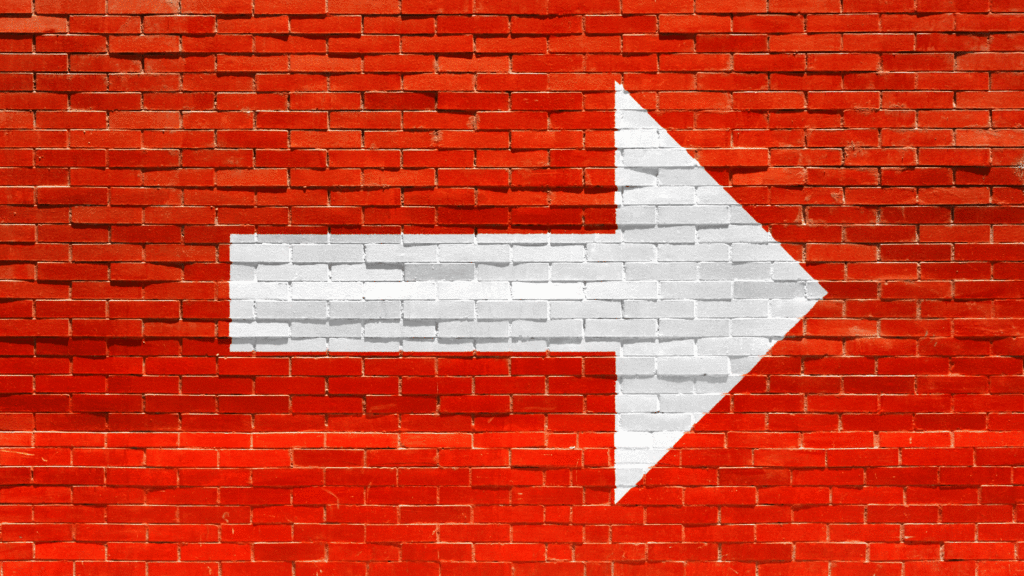
We spend a lot of time thinking about work, but many of us don’t spend enough time thinking about how we do that work. We all want to be more productive and efficient–but in order to do that sustainably, we have to examine the processes we use to get work done. In other words, we have to learn how to improve workflow. 
Ideally, if you drew your process like a map, work would move from one step to another in a straight line. But in reality, without careful attention paid to process, our workflows are woefully uneven at best.
At Planview, we’re a little obsessed with workflow–how work moves from “to do” to “doing” to “done.” I’ve personally seen how an emphasis on workflow has helped teams improve efficiency, reduce rework, and avoid the confusion and frustration that is often the result of a poor process.
10 tips to improve workflow
If you’ve been looking for suggestions on how to improve workflow, here are some tips that I’ve seen make the biggest impact.
- Visualize your workflow.
- Stop multitasking.
- Break big tasks into smaller chunks.
- Align first, then execute.
- Standardize/automate repetitive processes.
- Identify/reduce dependencies.
- Document everything (especially processes).
- Prioritize work based on importance/urgency.
- Keep a running list of “later” tasks.
- Focus on / measure flow.
Visualize your workflow
It may seem obvious, but you’d be surprised at how many teams in the world do not have a shared understanding of the process they follow; it’s never been clearly defined. Visualizing your workflow–on a piece of paper during a workshop, or ideally, on a Kanban board that you use every day–is an important step to improving your workflow. Once you are able to see how work moves from “to do” to “doing” to “done,” you will be able to see where there are opportunities for improvement in your workflow.
Stop multitasking
As you probably know by now: Research in neuroscience says multitasking is a myth. But does that stop you from doing it? Maybe, maybe not. Because so many of us spend our days in and out of meetings, we tend to switch from one task to another and another without even realizing it. We spend a few minutes on task A, have a meeting about task B while preparing for a meeting about task C, then back to task A, etc.
Although some of this context switching is inevitable, there are some things you can do to limit it, an important factor when determining how to improve workflow. Consider:
- Scheduling long, focused periods of “heads down” time to actually complete tasks
- Limiting non-essential meetings
- Dedicating specific days or times to specific tasks or types of work
- Dedicating specific days or times for meetings
- Limiting your Work in Progress (WIP)–more about that here
Break big tasks into smaller chunks
When prioritizing work, it’s important to make sure that you’re breaking it down into chunks that are actually actionable–eating the elephant one bite at a time, as they say. Otherwise, you might end up:
- Staring at the elephant, not sure how to even begin.
- Starting and restarting the same “bite” multiple times.
- Procrastinating eating the elephant until the last responsible moment.
- Not doing as good of a job “chewing” as you could on each part, because you’re trying to tackle the whole thing at once, leading to rework later on.
Breaking big projects down into actionable tasks before you begin the work can help you keep big projects moving on schedule, on quality, and on budget.
Align first, then execute
There’s nothing more frustrating than getting halfway through a piece of work, only to realize that you were working on the wrong thing, or working with outdated information. 
Abraham Lincoln is quoted as saying, “Give me six hours to chop down a tree and I will spend the first four sharpening the ax.” This can be interpreted in many ways, but we’ll use it here to say: If you want to improve your workflow, make sure you build in a “gather requirements” or “planning” step. A quick 10- or 15-minute alignment call can save you hours of rework down the line.
Standardize repetitive processes
Regardless of what line of work you’re in, it’s likely that much of your work follows one or more processes. Let’s say that for 90 percent of your team’s projects, there’s a “gather requirements” step, a “research” step, an “execute” step, a “review” step, and a “deploy” step.
Do you have shared guidelines around what’s included in each of those steps, and what the definition of “done” is for each of them? Working to standardize process steps can drastically improve your team’s overall efficiency and is a critical step in learning how to improve workflow.
Identify (and work to reduce) dependencies
There’s a lot of value in having another set of eyes on a piece of work–it can be difficult to spot even glaring issues when you’re too “in the weeds” with a given project. But dependencies can be a major killer of productivity–and often, they aren’t as necessary as we lead ourselves to believe.
As a first step, it can be helpful to identify dependencies before you begin a project, so that relevant stakeholders can plan ahead. The next level is to start actively reducing dependencies on projects by consolidating or eliminating unnecessary review steps.
Document everything
If you’re trying to “move fast and break things” a la Mark Zuckerberg, it might feel counterintuitive to slow down to document your process or findings. It might even feel like busywork, especially if you never do anything with all that documentation.
In my experience, teams who diligently, almost religiously, document everything they do are significantly more efficient than teams who don’t. But what sets them apart is that they actually use their documentation–it’s a living, breathing library of insights, processes, and resources–not just a thing their boss or compliance team makes them do. They use past learnings to drive future behavior, and they create working documents that make it easy for everyone to stay on the same page.
Prioritize work based on importance / urgency
Whether you use a to-do list or Kanban board to manage your tasks, it’s important to have a systematic–and ideally, visual–way to differentiate your most important and urgent tasks from those “nice to haves” without hard-and-fast deadlines. Some teams use T-shirt sizes for this; others use a numeric approach. Figure out what will make sense for your team, and start prioritizing tasks accordingly.
Keep a running list of “later” tasks
You’re in the middle of a project, and you get one of those exciting “big ideas” for a new feature, campaign, or product–what do you do? If you drop everything and dive down a rabbit hole, you might fall behind on your current work. But if you don’t “strike while the iron is hot,” you might lose the inspiration!
One great feature of Kanban boards is that you can use them to brainstorm, plan, prioritize, and execute your work, all in one place. You can create a lane, on the far left of your board, and use it to hold those “half-baked” ideas. But unlike the paper napkin you usually use to jot down ideas, your Kanban board is something you can come back to, ideate on, and then use to create a full-fledged, prioritized card.
Focus on / measure flow
If you really want to improve your workflow, you need metrics to measure your performance. There are several ways to measure workflow, such as throughput, lead time, cycle time, and others. You can measure these manually, or, if you’re using a digital Kanban tool like Planview AgilePlace, you can set your board up to collect those metrics for you.
Start by gathering baseline data about your current performance, then set a reminder to review your metrics every few weeks or months. Be sure to make note of when you implement specific improvements, so you can understand cause / effect relationships.
Learn More
For more information on Kanban — plus a list of 10 Kanban-inspired tips your team can start using today to improve focus and flow — download our ebook: Kanban 101: Supercharge your team’s productivity with visual project management.




